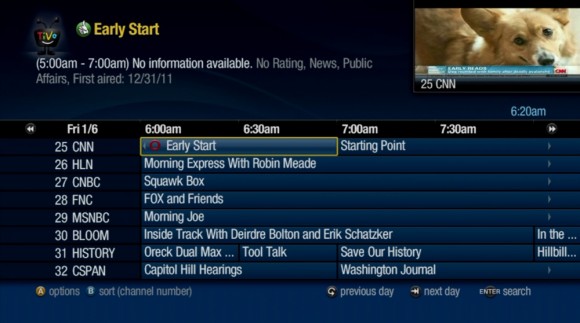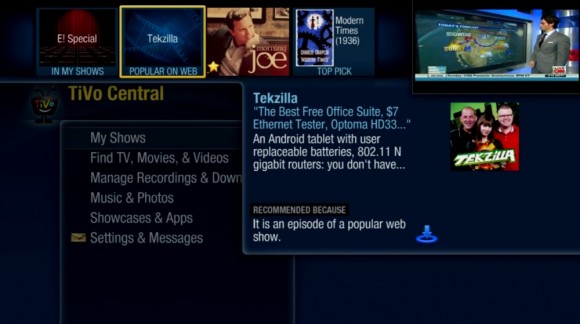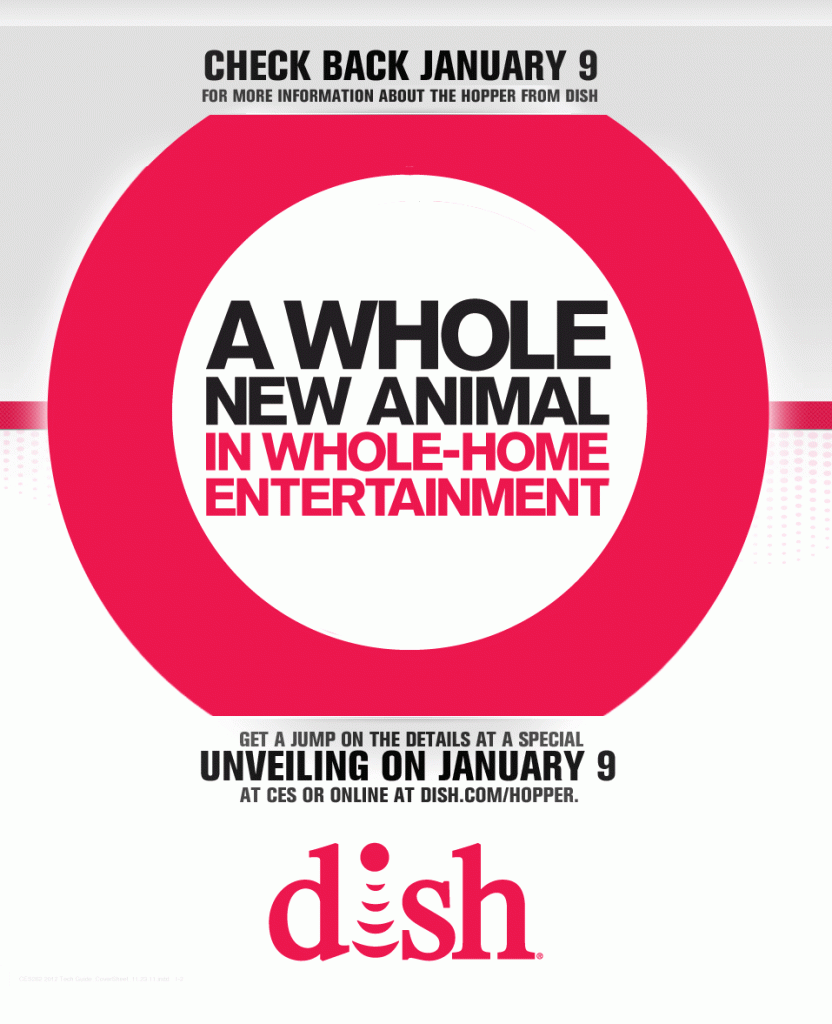
TiVo has begun rolling out an update to Premiere and Premiere Elite DVRs. In fact, version 20.2 represents the most significant software update to grace the Series 4 platform since its 2010 introduction – featuring a core code rewrite with an updated architectural design and high definition user interface (HDUI) running on a newer iteration of Flash. Not only does TiVo promise me “significant” performance and stability improvements (building upon the second processing core that came online last month), but this moves TiVo closer to a unified software platform amongst their various partners and products. Unfortunately, the HDUI is still incomplete and the Netflix experience remains unpleasant. Having said that, there’s a lot to like here…
One of the most obvious non-HDUI shortcomings has been the standard definition guide, which is now replaced with modernized, HD versions of both the traditional “grid” guide and TiVo’s unique “live” guide (that I’ve never grown accustomed to). The channel banner(s) also sees a visual refresh… and relocation from up top to down below, with the addition of a browsable mini guide – as seen with many other providers. And, if you’ve been tracking the successful Virgin Media’s successful UK TiVo deployment, the handsome updated look should be familiar.

TiVo’s “Discovery Bar” has also been rethought

 What I gather from the article and some Internet sleuthing is that EchoStar’s
What I gather from the article and some Internet sleuthing is that EchoStar’s 

